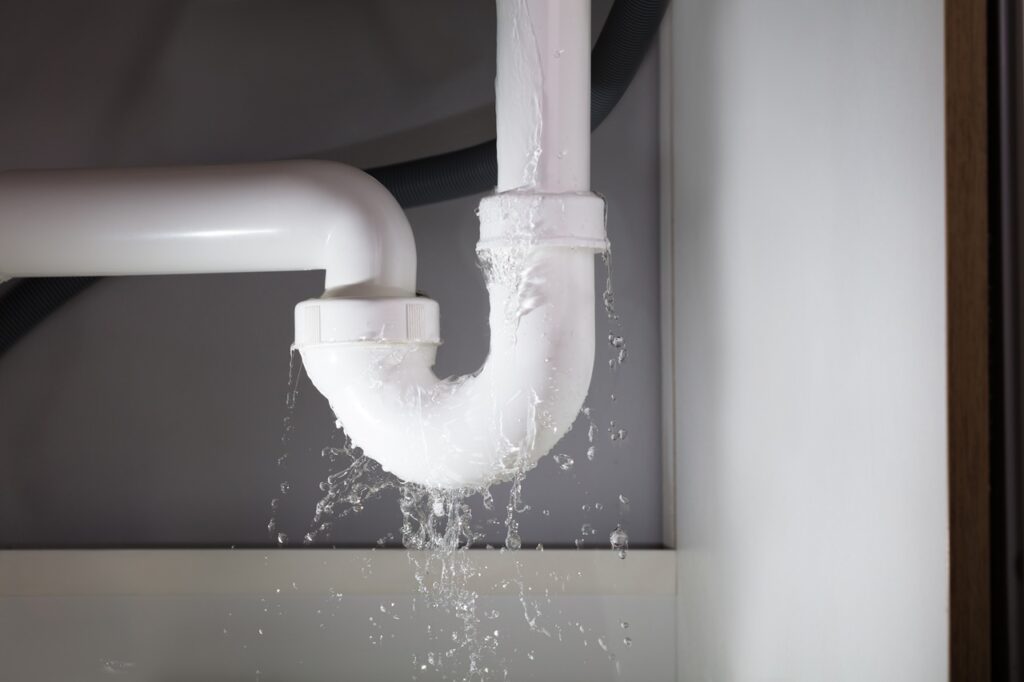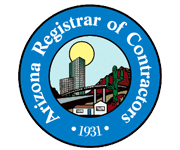When a Clogged Drain Isn’t the Drain’s Fault: Surprising Causes from Below the Surface
We’ve all been there. You’re brushing your teeth or washing dishes, and suddenly the water isn’t going down the drain like it should. You try a plunger. Maybe even some store-bought drain cleaner. It seems to help a little or maybe not at all. The clog keeps coming back. And every time it does, it’s more frustrating.

Most people assume the problem is right at the drain. And sometimes, that’s true. Hair, grease, soap scum, food, those things can absolutely cause blockages. But here’s the part no one talks about: not all clogs come from what you see in the sink or tub. Some of the most stubborn, mysterious, and recurring drain problems actually start much deeper, down in the pipes, under the slab, or even out in your yard.
Let’s dig into the real reasons your drain might keep clogging even when it seems like you’ve tried everything.
It Might Not Be the Drain at All
Clogs that don’t go away usually aren’t random. If the issue keeps showing up in the same place, or worse, if it’s happening in more than one drain at once, then the blockage probably isn’t local. It could be coming from deeper in your plumbing system or from conditions that have nothing to do with how careful you are with your sinks.
People around Goodyear and the Greater Phoenix area face some unique challenges when it comes to plumbing. The ground shifts more than people think. Tree roots go searching for moisture in all the wrong places. And older homes might still have outdated pipe materials that don’t stand up to today’s usage.
1. Tree Roots in the Sewer Line
Let’s start with one of the most surprising culprits: trees.
Even if you don’t have a tree directly over your sewer line, roots can stretch far underground looking for water. And your pipes? They’re like an open invitation. Especially if your home has clay or cast iron sewer lines, both of which are common in older properties, small cracks and joints are weak spots where roots sneak in.
Once inside, the roots grow quickly. They trap debris, toilet paper, grease, and other waste until the pipe is partially, or completely, blocked. You might notice:
- Slow drains throughout the house
- Gurgling toilets
- Frequent backups in tubs or showers
And even though it feels like your sink or tub is the problem, it’s actually the root system choking out your main sewer line.
2. Collapsed or Sagging Pipes
Another issue we see in Goodyear and surrounding areas: pipe collapse or “bellies.” Arizona’s shifting soil can cause underground sewer lines to dip or sag in certain spots. These low points collect waste and water, creating a sludge buildup that doesn’t clear out with regular water flow.
Over time, that buildup acts like a wall. You might think your bathroom sink is the problem, but really, it’s the section of sewer pipe that’s now out of alignment.
And if your house was built before the 1990s, there’s a good chance your pipes aren’t made from today’s sturdier materials. Once they begin to collapse, those pipes don’t bounce back on their own.
3. Old Plumbing Materials
Older pipes aren’t just at risk of collapsing, they may also corrode from the inside out.
In the Greater Phoenix area, many homes still have galvanized steel or cast iron pipes, especially if they were built before the 1980s. These materials corrode slowly over time. As the inside walls of the pipes rust or flake, the space where water flows becomes smaller and rougher. That traps grease, food particles, and hair more easily.
You’ll notice drains getting slower and slower, not just in one sink, but across the whole house.
This isn’t something a bottle of drain cleaner can fix. Those old materials need to be replaced before the problem turns into a full blockage, or worse, a burst pipe.
4. Main Sewer Line Obstructions
Not every clog comes from inside your house. If your main sewer line is clogged, everything that goes down your drains eventually hits a wall. This could be from:
- Flushed items that shouldn’t be flushed (wipes, paper towels, hygiene products)
- Grease buildup from kitchen sinks
- Yard debris or mud getting into outdoor access points
- A pipe that has shifted due to ground movement
The problem with a main line clog is that it often shows up in strange ways. You might notice your washing machine causing your toilet to bubble. Or your shower gurgling every time you use the sink.
These aren’t separate issues, they’re all symptoms of a system-wide problem. And unless the main line is cleared properly, none of the fixtures in your home will work like they should.
5. Improper Pipe Slope
Water and waste rely on gravity to move through your plumbing system. If the slope of your pipes isn’t just right, especially in long stretches like from your kitchen sink to the main line, water slows down. And when water slows down, debris settles.
This is more common in DIY remodels or older homes where renovations were done without updating the plumbing layout. Over time, that “almost good enough” slope creates buildup in sections of pipe that become frequent trouble spots.
And again, your drain isn’t technically the issue. It’s what’s happening far below that drain that’s the real problem.
6. Grease Hardened in the Line
Let’s talk about grease for a second. Most people think pouring hot water after dumping grease down the sink keeps it from clogging the pipes. But what really happens is this:
The grease moves a few feet, cools down, and hardens. Then, layer by layer, it builds a kind of shell inside the pipe, especially in cooler underground sections. Food particles and soap cling to that grease layer, and before long, you’ve got a drain that clogs repeatedly.
The grease might’ve started in your kitchen sink, but the clog isn’t sitting there anymore. It’s now ten or twenty feet away, out of reach of a plunger or chemical cleaner.
7. Vent Stack Blockage
Your plumbing system isn’t just about water, it also needs air. That’s what the vent stack is for. It usually runs up through your roof and helps regulate pressure in your drain system. If it’s blocked (by leaves, a bird nest, or even corrosion), your drains will act up.
You might hear gurgling, notice slow drains, or even smell foul odors. But clearing the vent isn’t something most homeowners think of when trying to fix a clog. That’s because the issue hides in plain sight.
Common Problems We Solve in Goodyear and Greater Phoenix
In this region, homeowners often deal with:
- Frequent clogs in homes with older pipes
- Repeating backups despite regular drain cleaning
- Tree roots invading sewer lines
- Collapsed clay or cast iron piping
- Bad smells even after drains are cleared
- Gurgling sounds in multiple fixtures
- Drains that seem to “fix themselves” and then clog again later
These are all signs the issue goes deeper than what’s visible.
What to Watch for Before It Gets Worse
So how do you know if the clog isn’t your drain’s fault? Keep an eye (and ear) out for:
- Multiple drains acting up at once
- Water backing up in the tub or shower when you flush a toilet
- Gurgling, bubbling, or slow drains even after cleaning
- A smell that won’t go away, even when the area looks clean
- Strange water behavior when appliances are running
If any of this sounds familiar, the issue is likely below the surface.
If your drains keep clogging and nothing seems to fix it, it might be time to look deeper. Call A Quality HVAC and Plumbing Services LLC at 623-853-1482 for trusted plumbing help in Goodyear and the Greater Phoenix area. We’ll find the real cause and give you peace of mind.






